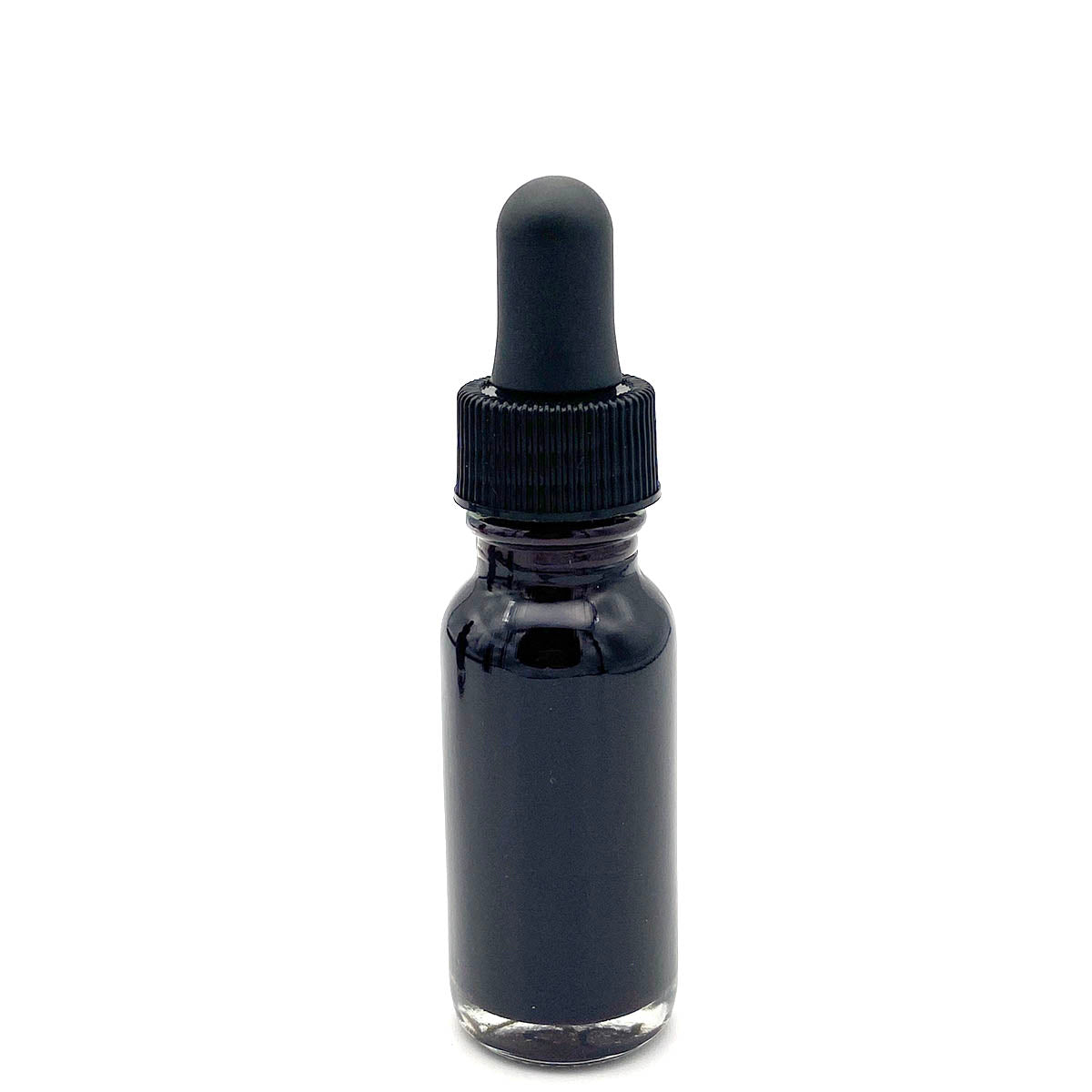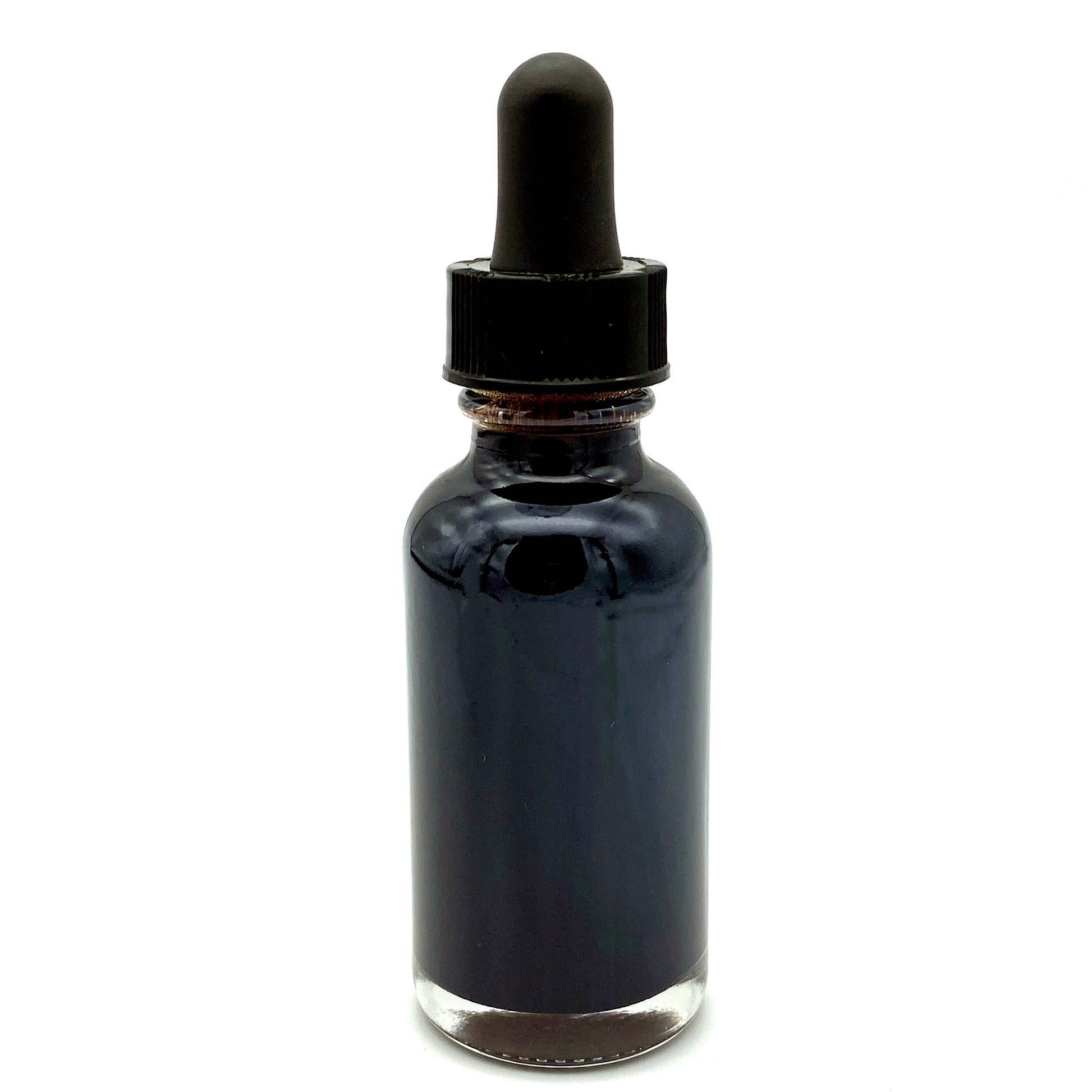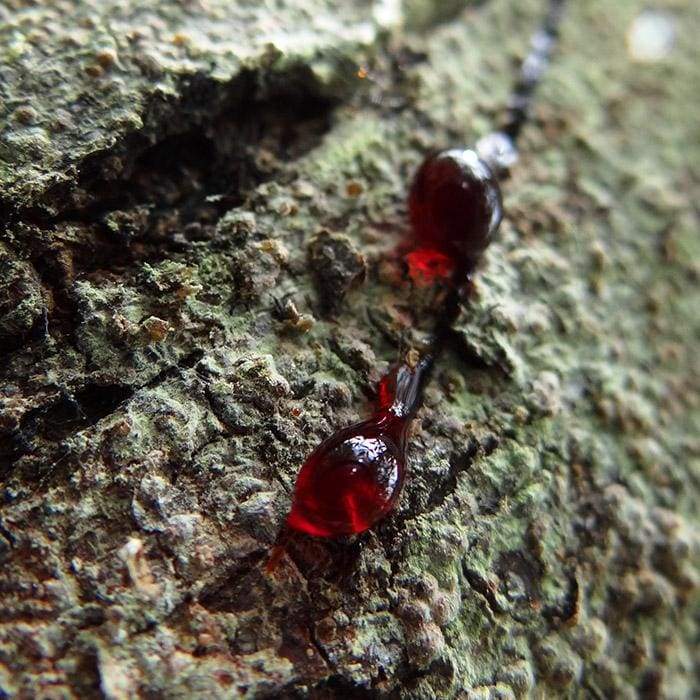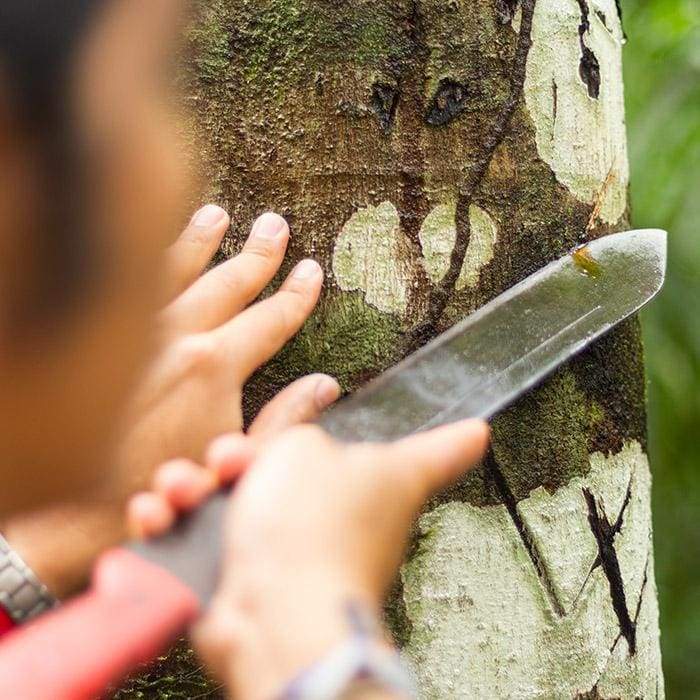Aikanã
Dragon Blood
Dragon Blood
Resin of Remedies*
In stock
Couldn't load pickup availability
SKU:ASG_15
 Authentic Indigenous Product
Authentic Indigenous Product
 100% Pure. No Alcohol Added
100% Pure. No Alcohol Added
 Sustainably Harvested
Sustainably Harvested
Discover the multitude of dragon blood benefits with our premium Aikanã Dragon Blood, also known as Sangre de Grado. Sourced using traditional methods, this 100% pure sap product is sustainably collected to ensure its continued availability.
Imbued with antimicrobial, antioxidant, and anti-inflammatory properties, Dragon Blood serves multiple uses. From enhancing your beauty routine to serving as a first-aid essential, the dragon blood benefits are far-reaching. Notably, it plays a significant role in oral health, offering natural, potent care.
Our Dragon Blood is procured with care by the Aikanã of Rondônia, Brazil, ensuring its authenticity and quality. To delve deeper into the culture that brings you this amazing product, learn more about the
Ingredients
Ingredients
100% Grado Sap (Croton lechleri) (Brazil)
Related Names
Related Names
Sanguis draconis, Dracaena resin, Xuejie
Taking Care of your Dragons Blood
Taking Care of your Dragons Blood
Store Dragon's Blood in a cool, dark place. Keep your glass bottle, airtight to shield it from air and humidity. Avoid direct sunlight to prevent UV damage.
What is Dragon's Blood?
What is Dragon's Blood?
Dragon's Blood Incense is a unique, fragrant substance sourced from the red sap or resin of the Dragon's Blood Tree, more specifically a species of Dracaena tree called Croton lechleri. It has been used for centuries across various cultures and spiritual practices for its purported healing, protective, and energy-clearing properties. Discover more in 'The Benefits of Dragon's Blood' - a detailed account of its therapeutic applications.
Shipping Information
Shipping Information
We ship USPS international and domestic orders Monday through Friday. For UPS international shipments, we ship orders only on Mondays. To qualify for same-day shipping with either carrier, please place your orders before 11am CST. We highly recommend that you opt for Green Shipping Protection to cover the replacement value of your order and offset your carbon footprint. Read our complete shipping policy here.
*FDA DISCLAIMER
*FDA DISCLAIMER
This product and the statements made about it on this website have not been evaluated by the United States Food and Drug Administration (FDA) and are not intended to diagnose, treat, cure, or prevent any disease. Read more
Share
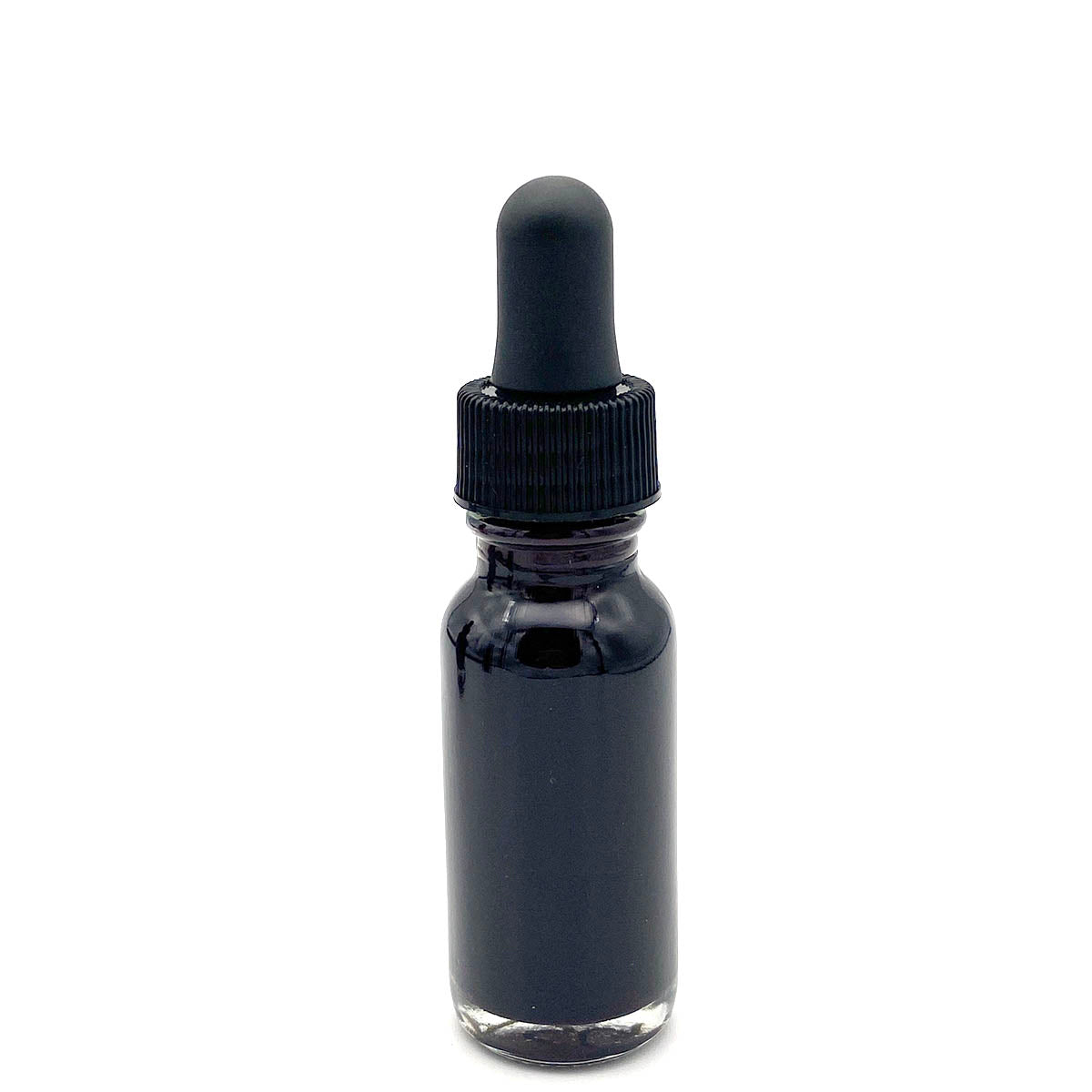

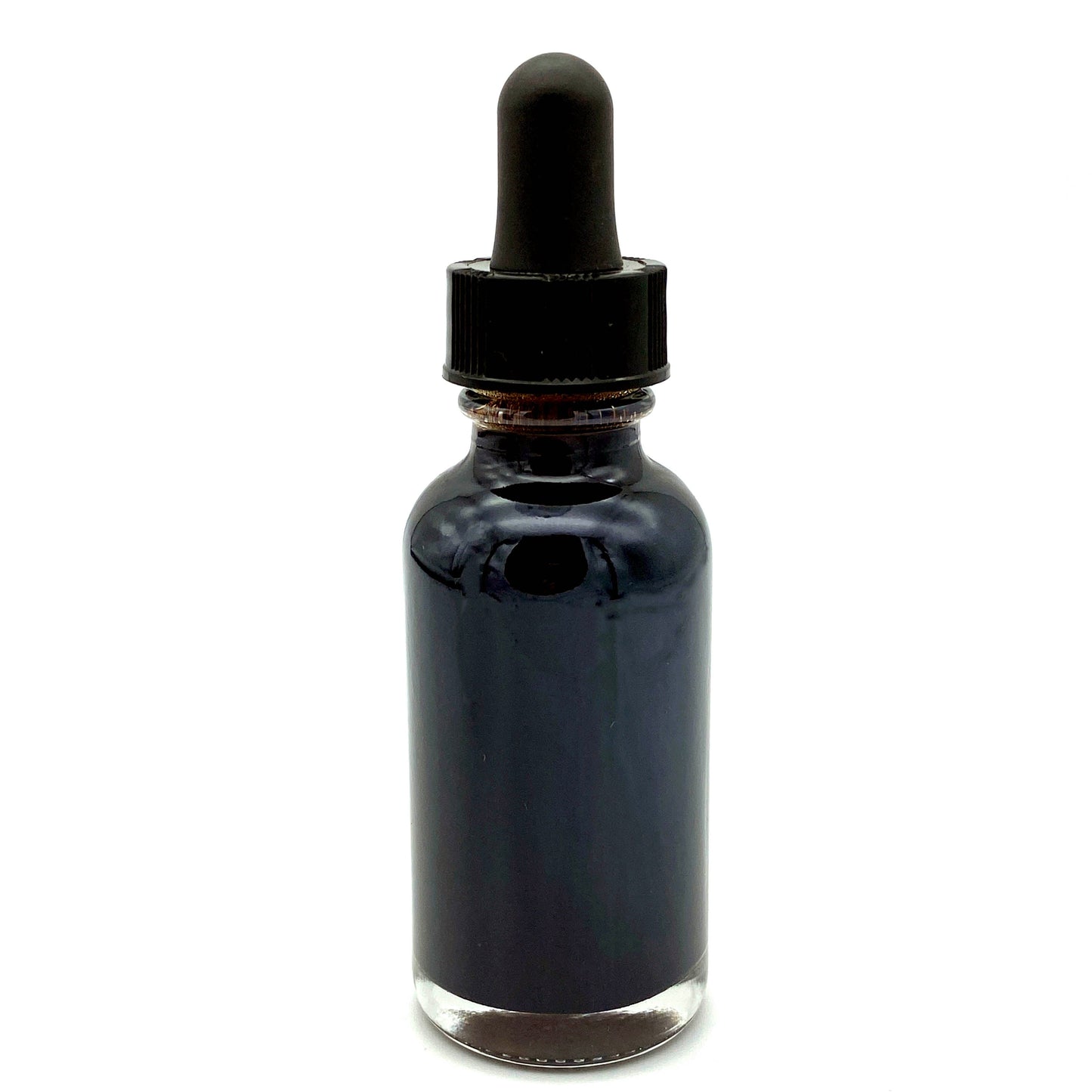
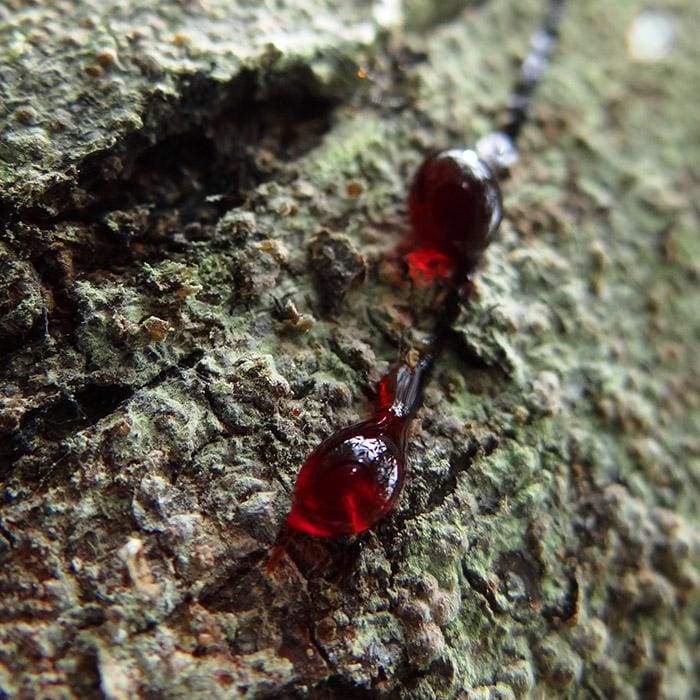
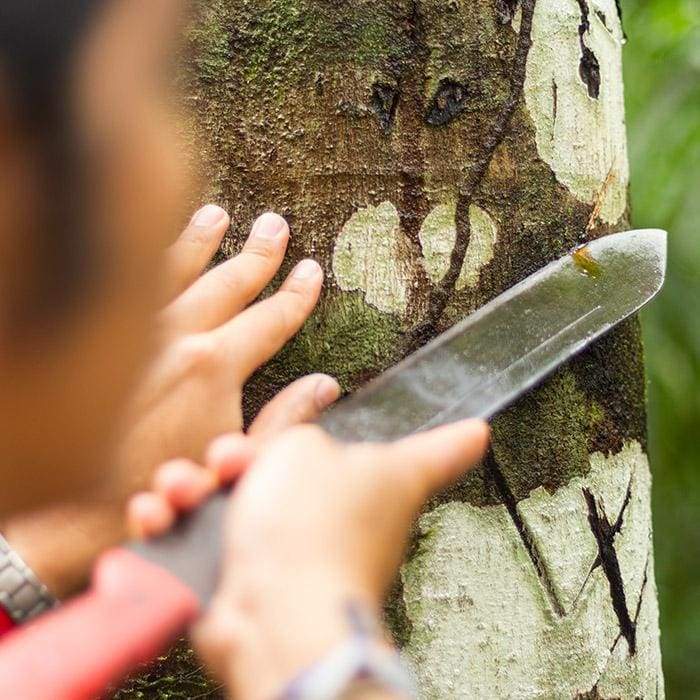

The Dragon’s Blood available from Shamanic Supply is of the highest quality. I’ve been using Dragon’s Blood in various ways for about a decade. Initially I used it for cuts and scrapes. It worked great on healing my dad’s incision wounds after they dug a cancer lesion out of the back of his hand. It works for this kind of thing better than anything else I’ve experienced. I tried to use it internally to heal some of the funny stuff going on in my gut but it would always make me feel a bit “off” and I got discouraged and stopped after several attempts. But when Shamanic Supply started carrying Dragon’s Blood I decided to try it and also try it internally again. I add a few drops to some tea or water before bed and drink it. I have none of the nausea issues I had with other brands of this this medicine. My gut is feeling quite a bit better. I’m impressed with all the products that I’ve tried from Shamanic Supply, and am a big fan of the Sananga, too.
I tried the dragon blood on open cuts and sores and it helping to heal them
I applied Dragon's Blood to the wound. It was very stained at first, but it recovered quickly.
I can't live without it!
Dragon Blood
I haven't really had a chance to put it to use but all the product I ordered from you is quality so far. Thank you for good and prompt service and I will continue to order rapé, sananga and try other products from your catalog. Thanks
I was surprised by the healing properties of dragon's blood. We put it on all of our wounds and it quickened the healing process.
Every product which i bought its excellent quality.🔥🔥🔥🔥❤️❤️❤️
4 different Rapehs, 2 Sanangas and 2 Dragon's Blood awesome products and shipments, I'm a very happy Client. Thank you Shamanic Supply

